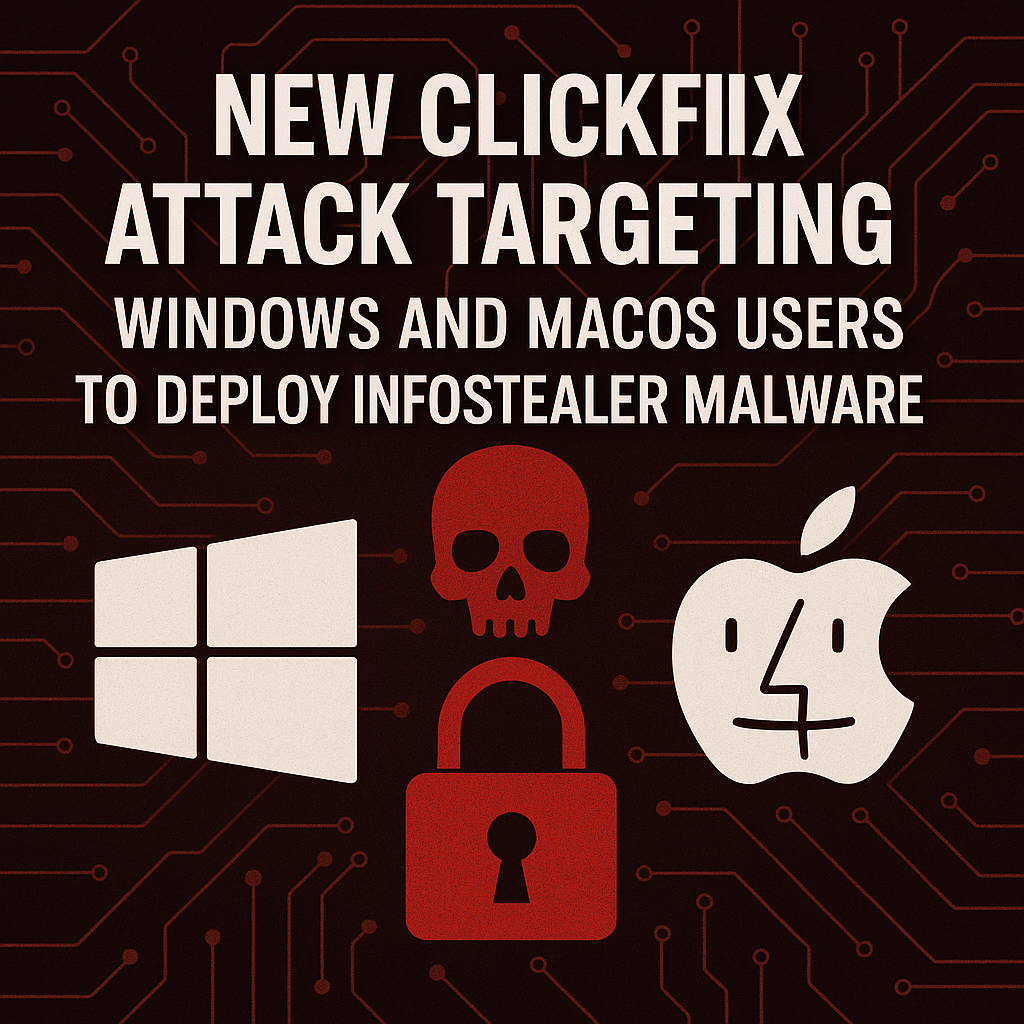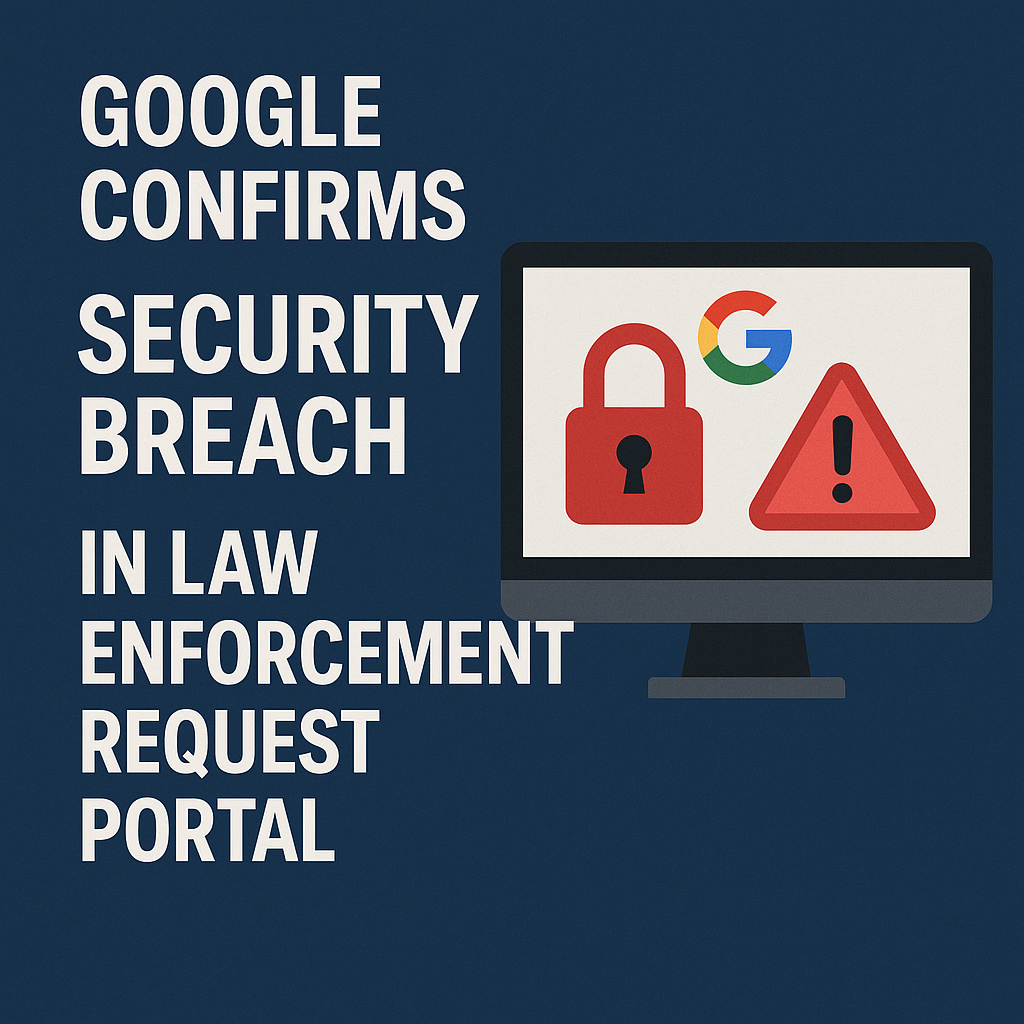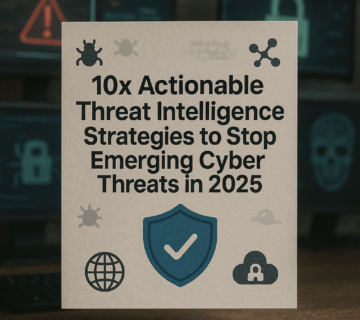
New ClickFix Attack Targeting Windows and macOS Users to Deploy Infostealer Malware
ClickFix, a sophisticated social engineering attack active in 2025 that deploys infostealer malware against both Windows and macOS users. This technique is highly effective because it bypasses traditional security tools by manipulating users into executing malicious fileless commands disguised as legitimate troubleshooting steps, leveraging trusted platforms like Google services to maintain credibility. The text explains the distinct attack vectors for Windows (distributing ACR stealer via fake software archives) and macOS (using a fake Cloudflare prompt to execute the Odyssey stealer via the Terminal), emphasizing the challenges security solutions face with this memory-resident malware. Finally, the document concludes with advice on recognizing and avoiding ClickFix, along with a pitch from Technijian, an Orange County-based Managed IT Services provider, detailing their services for helping organizations defend against such advanced cross-platform social engineering attacks. ... Read More


